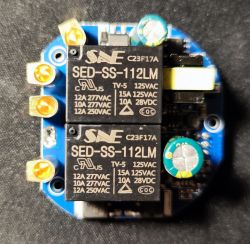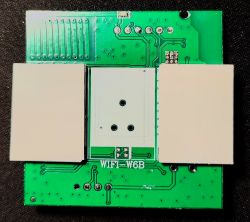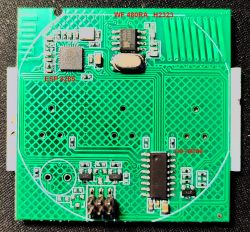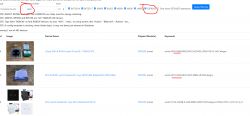Colleagues,
I have a request for people who are involved in the Tasmota and home automation thread. There is a lot of material on the web, but I wanted a switch that is touch-sensitive, without a neutral wire, has WiFi communication and can be controlled via RF 433 MHz.
I found such on "one of the popular auction sites", everything works as it should, but I would like to zap Tasmota there, but the board is not completely described. It's not a Sonoff or a more popular model, just a typical no-name.
Anybody had to deal with such a PCB? I suspect that the RX, TX, VCC and GND pins are the ones marked on the photo, but there is no marking on them.
Anybody knows how to plug in to load Tasmota into this invention?
I would be grateful for help.

 .
.








